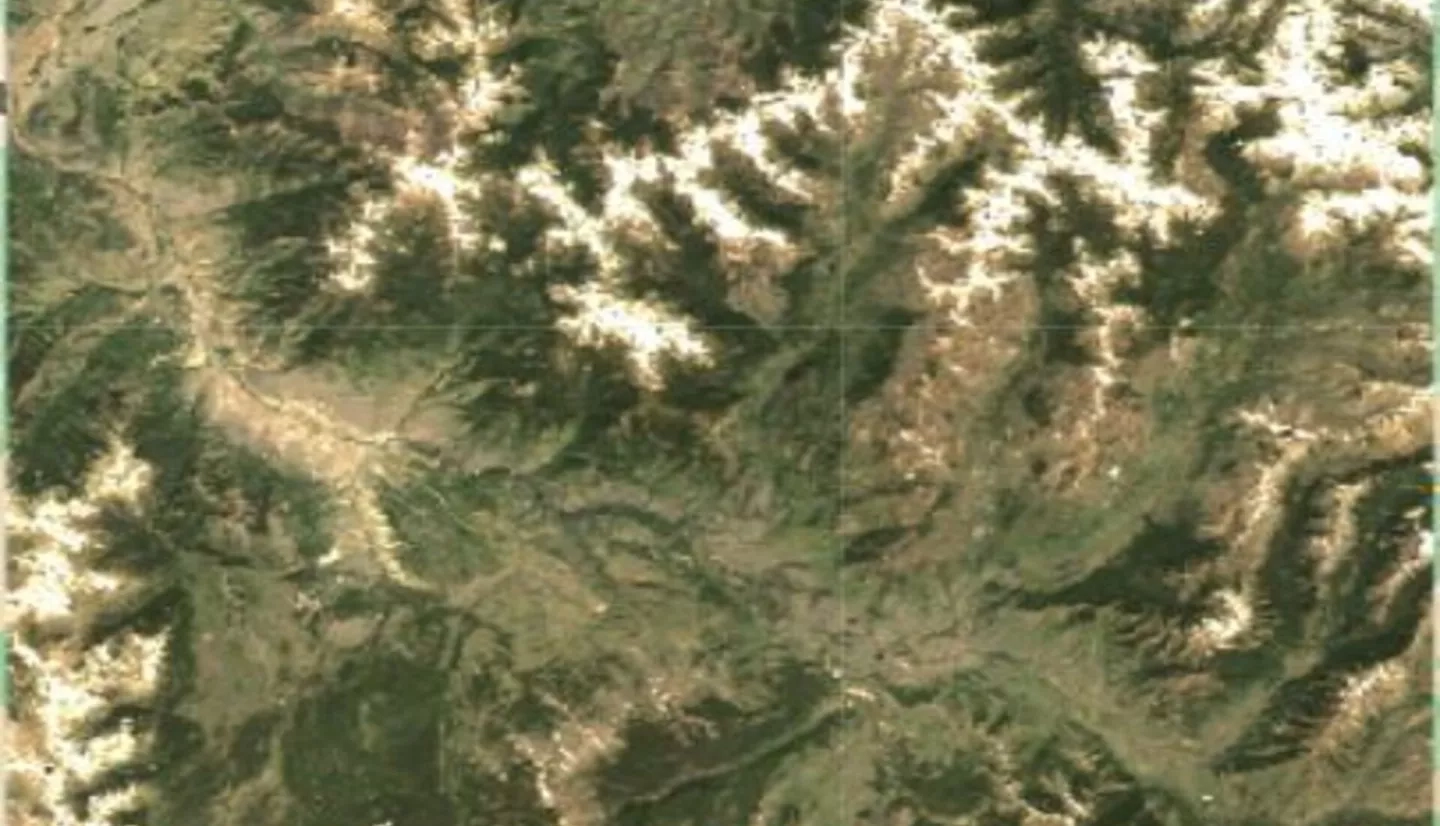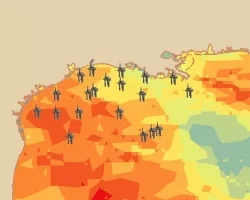Yellowstone Ecological Forecasting (Summer 2022)
Team: Kyle Steen (Project Lead), Vanessa Bailey, Gabriella Boodhoo, Barry McLaughlin
Summary: The removal and reintroduction of the gray wolf (Canis lupus) in Yellowstone National Park have shaped the ecological composition of this distinct landscape, representing a textbook example of trophic dynamics. With particular importance to conservation science, researchers have studied the trophic cascades between wolves and species such as elk (Cervus canadensis) and quaking aspen (Populus tremuloides). In conjunction with the National Park Service, Yellowstone National Park, Utah State University, and the University of Wisconsin–Stevens Point, this project utilized satellite remote sensing to investigate the long-term trends in aspen extent. Through random forest modeling and phenological approaches, Landsat 5 Thematic Mapper (TM; years 1986–2011) and Sentinel-2 Multispectral Instrument (MSI; years 2017–2019) datasets were used to derive color composites, Normalized Difference Vegetation Index (NDVI), Enhanced Vegetation Index (EVI), and Tasseled Cap Indices (Brightness, Greenness, Wetness). The International Space System (ISS) Global Ecosystem Dynamics Investigation (GEDI) provided canopy height data. The team consolidated results into maps and time-series which provide an in-depth depiction of aspen stand extent. The National Park Service will use these end products to assist in its management practices and inform wildlife restoration decisions within and beyond Yellowstone National Park.



